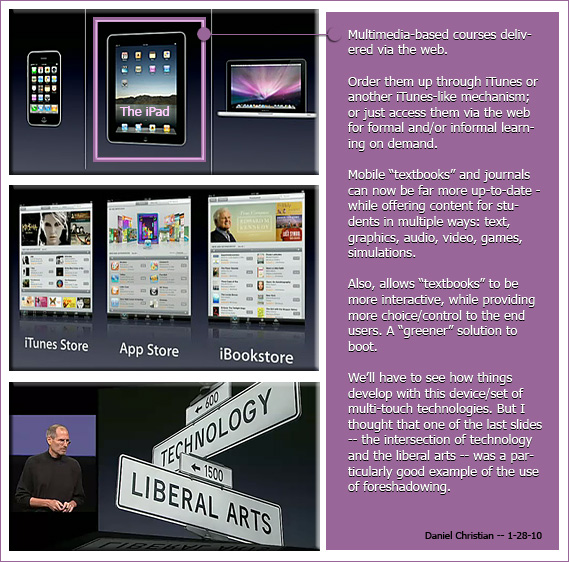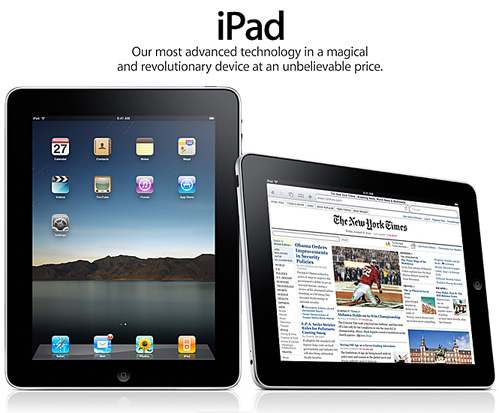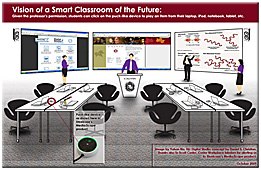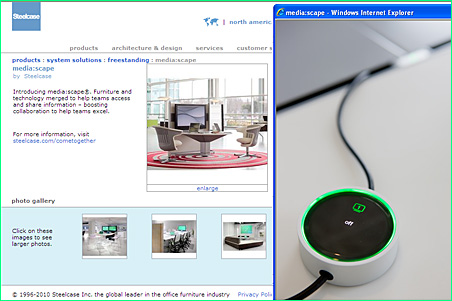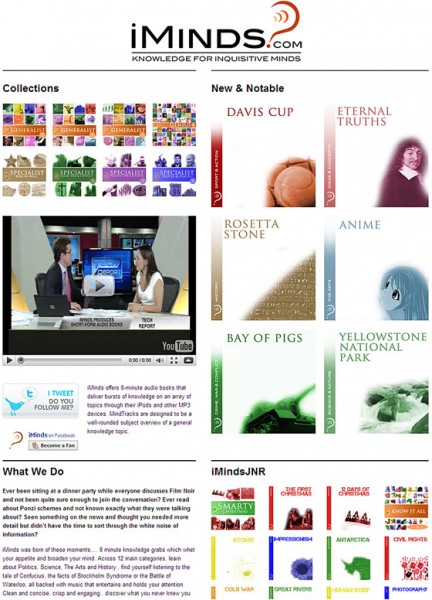A Look to the Future of Edutopia — from Edutopia.org
“Today, the Internet enables Edutopia to deliver deeper, more relevant stories, especially with video, about innovation in teaching and learning. New community and content-sharing tools make it possible for educators to find and exchange tips and solutions with each other whenever they wish. With the steady expansion of our online audience, we believe the time is right to shift our strategy to focus on Edutopia.org as the main, multimedia channel for all our content. Consequently, the April/May issue of Edutopia magazine will be our last print issue. The future of Edutopia is now on the Internet.”
Another interesting question on Edutopia I saw recently was:
“How do you bring global cultures and foreign languages into your classroom?”









